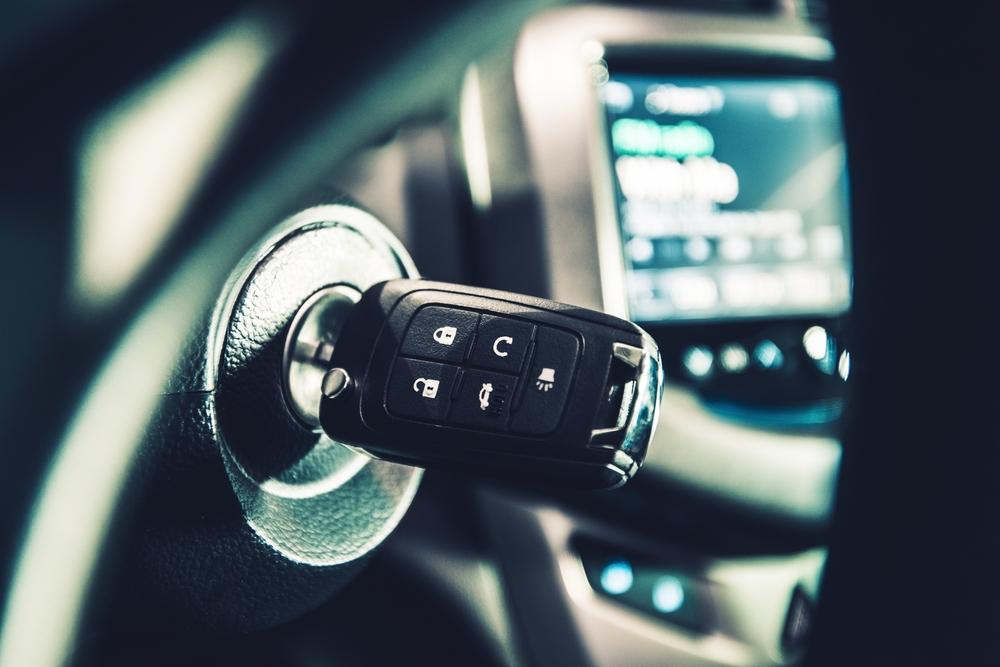Comprehensive Guide to Vehicle Central Locking Technologies and Functions
This article explains the key components and workings of vehicle central locking systems, highlighting electronic advancements from traditional mechanical locks. It covers remote controls, keyless entry, and modern features that improve vehicle security and user convenience, making it a helpful resource for automotive enthusiasts and professionals alike.

Comprehensive Overview of Vehicle Central Locking Systems and Their Operations
Vehicle central locking systems are vital for enhancing security and convenience. They combine electronic and mechanical components to control access, locking, and unlocking of doors and trunks, ensuring only authorized users can operate the vehicle.
Functionality of Central Locking Systems
These systems automate locking mechanisms, evolving from traditional manual keys to sophisticated electronic controls. Modern vehicles utilize remote controls, infrared, and wireless signals to enable remote access and operation.
Initially, locking systems relied solely on mechanical mechanisms, with individual locks operated via keys or handles. Pneumatic actuators with vacuum systems once allowed simultaneous locking when a key was turned.
Modern systems incorporate electronic components, supporting remote, infrared, and wireless commands. Many vehicles now feature keyless entry, unlocking doors with touch-sensitive handles if the transmitter device is nearby.
Core parts of these systems include:
Actuator: Situated within each door, it merges mechanical latches with an electric motor to manage locking and unlocking electronically.
Transponder: Embedded in the key, it confirms correct key usage by reading signals near the ignition, enabling vehicle start-up.
Remote Control: Transmitting signals up to 100 meters, these controls enable remote locking and unlocking, utilizing reliable radio frequency technology instead of infrared.
Start/Stop System: Many newer vehicles feature keyless ignition, allowing engine start and stop with a button press, simply by carrying the transmitter and pressing the brake pedal.


